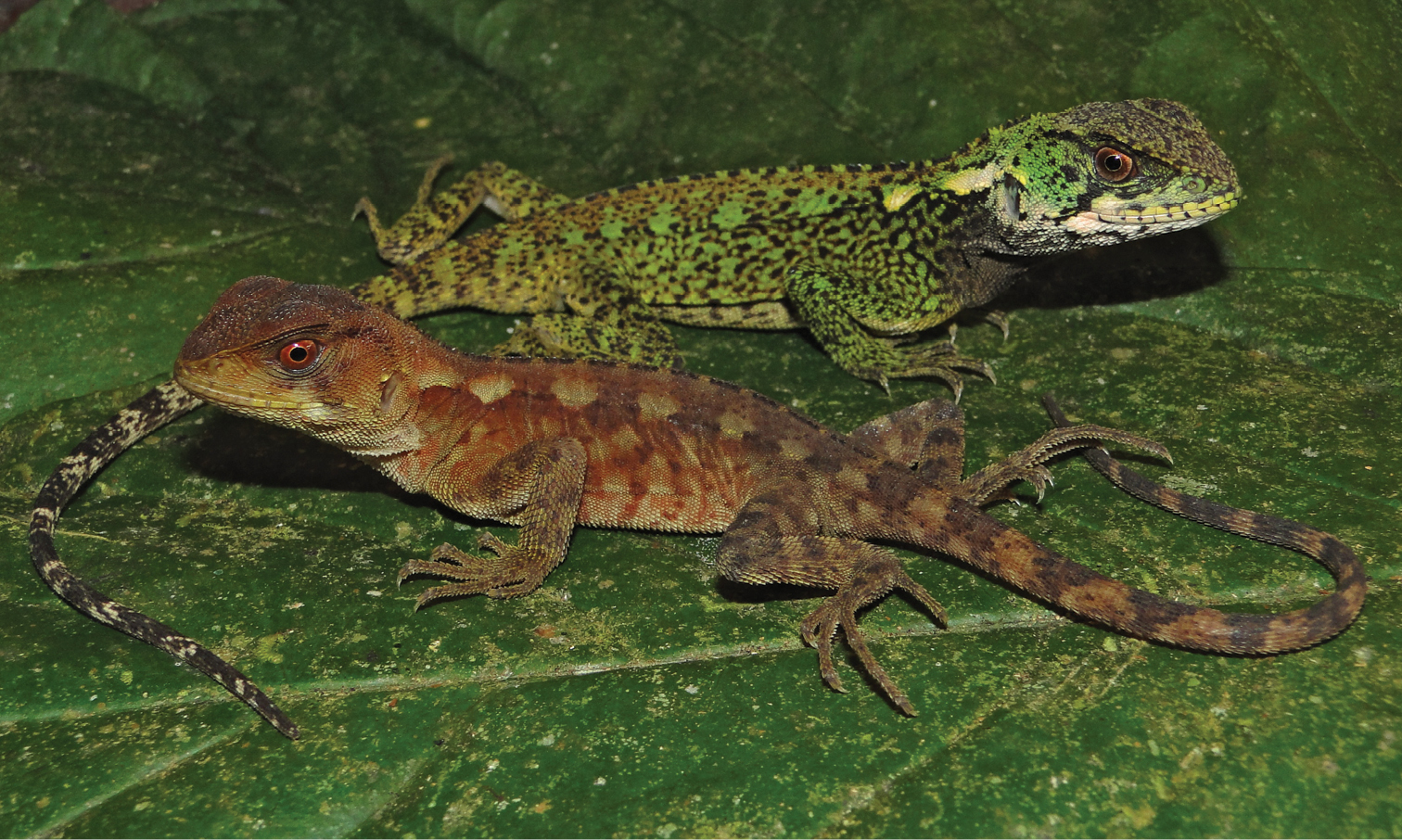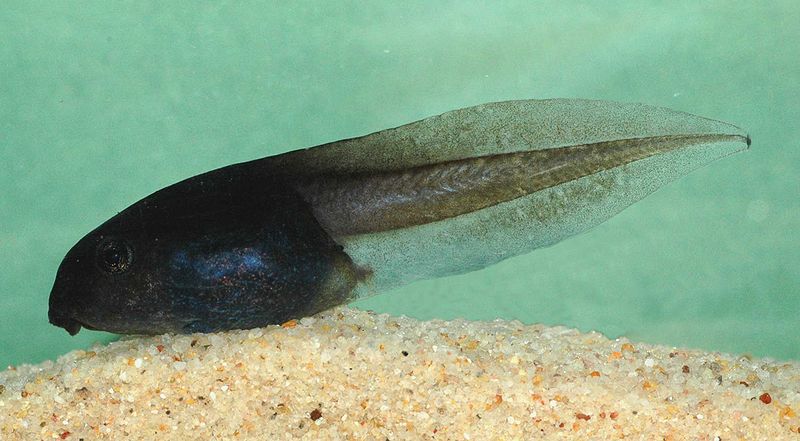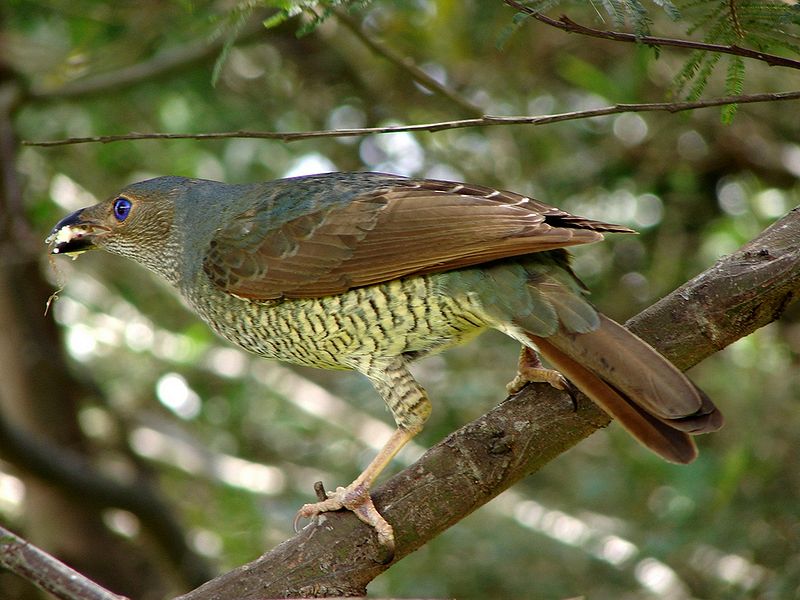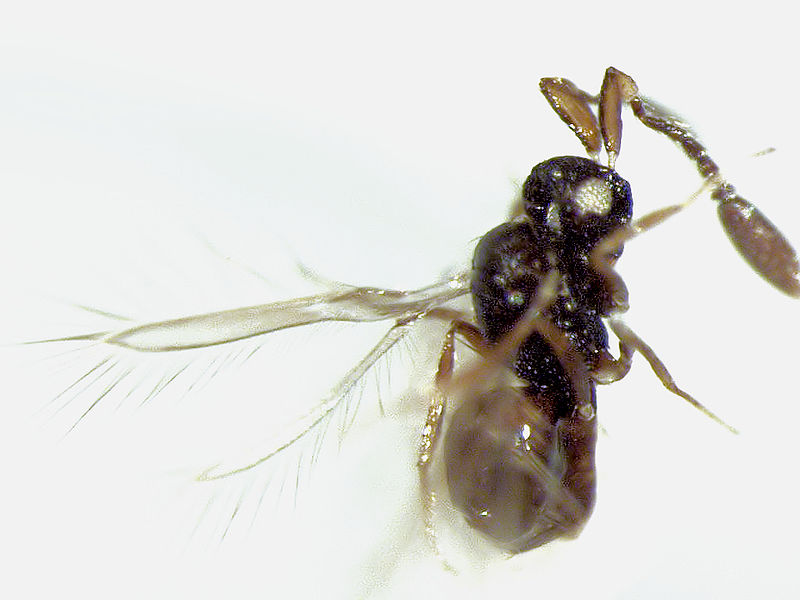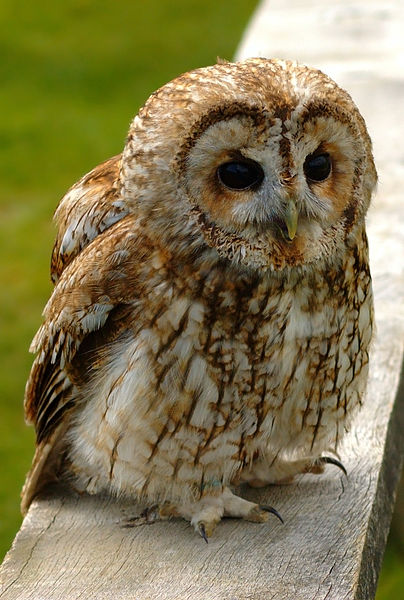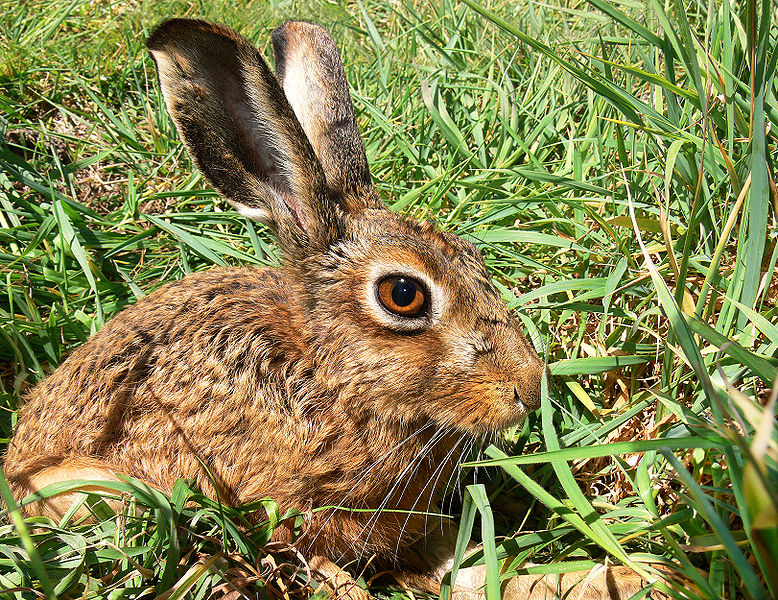
So this week has been dominated by Turtles, Terrapins and of course the Tortoise. A clever and witty friend of mine indicated that I should be writing a fact about the Hare. You know, the old, “Tortoise and the Hare” routine! Well, I liked her idea so much that today’s Wild Fact is indeed going to be about the speedy Hare….the Cape Hare to be precise. I think we will be taking a trip to Africa to try and catch a glimpse of the speedster (I guess, we could always wait until they tire themselves out and then simply ride our Tortoise right by him). Although, the Cape Hare is widespread on the African continent they have also spread to the Middle East, Europe and Asia. Oh and they managed to become an invasive species in Australia as well, so I guess we have plenty of destinations to choose from but I am still picking Africa.
You may have noticed that this lovely brown hare has very large eyes and believe it or not they provide our “hare-y” friend with some excellent vision. So chances are they will see you coming long before you know they even exist. I bet there is one looking at you right now! Besides their incredible eyes, you will also have to deal with their large, propeller shaped ears. Yep, you guessed it, these ears provide the Cape Hare with some pretty decent hearing. I am starting to see why there isn’t a whole lot of data on these critters – we just can’t sneak up on them to observe them in the wild.

These adaptable lagomorphs (fancy way to say hares/rabbits) tend to live in a variety of habitats including open, dry areas, coastal plains and even mountains. They are nocturnal so we will have to wait until nightfall before they come out of hiding to feed on grasses and other plants. Apparently, during the day, they will always return to the same sleeping spot and lie in the exact same position. I remember doing this as a kid, when I had a really great dream and wanted to continue it….for the record, it didn’t work! If the Cape Hare is concerned for its life, they will typically find another spot to lay low, usually a burrow from another animal. I guess it is sort of like having a sleep over at your friends place, only in this case you are stressed and not invited to your friends home.
Well I hope you enjoyed the change of pace as we explored the life of the Cape Hare. Make sure you stop in tomorrow for the last fact of the week. Enjoy the rest of your day.

